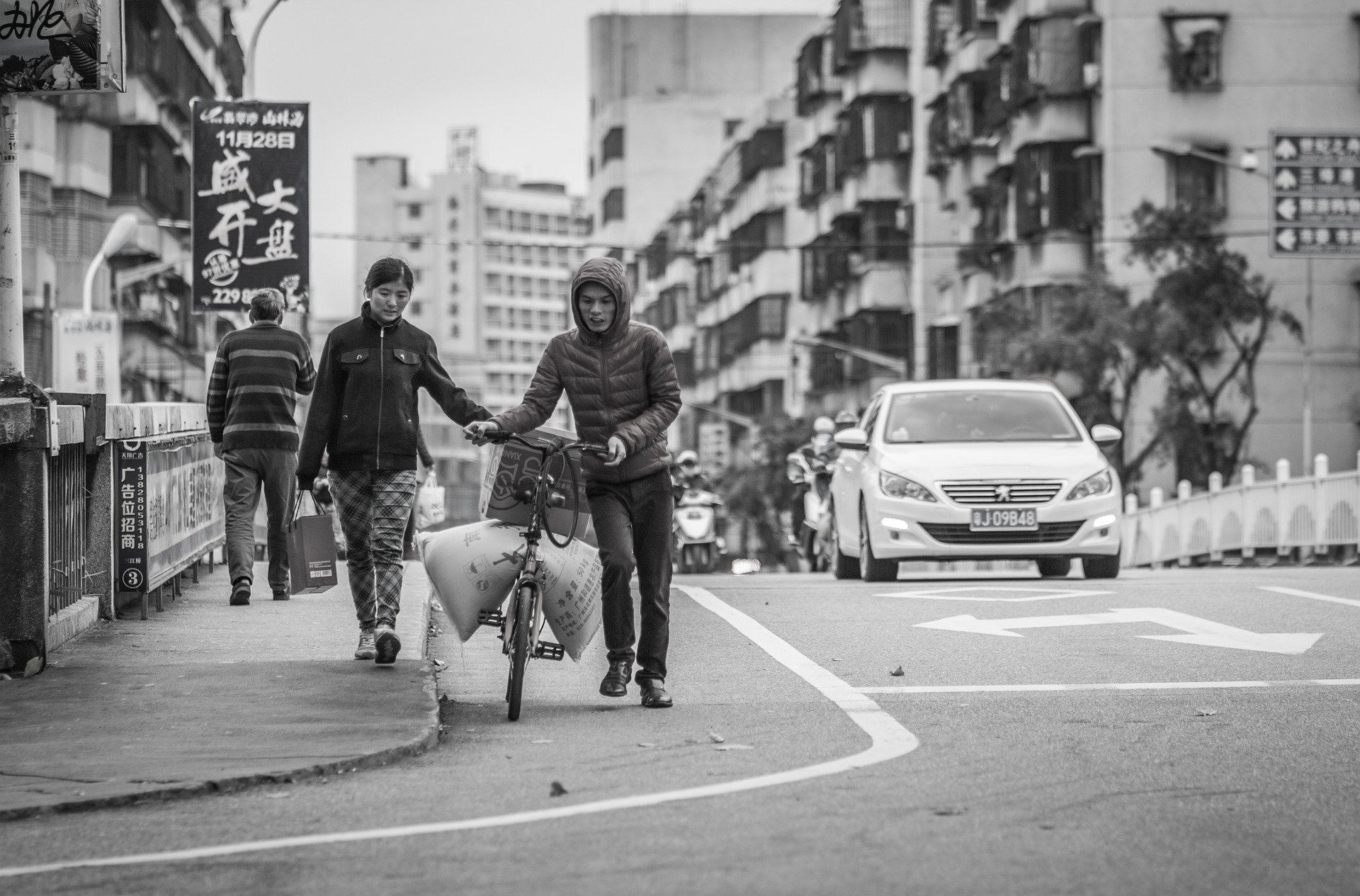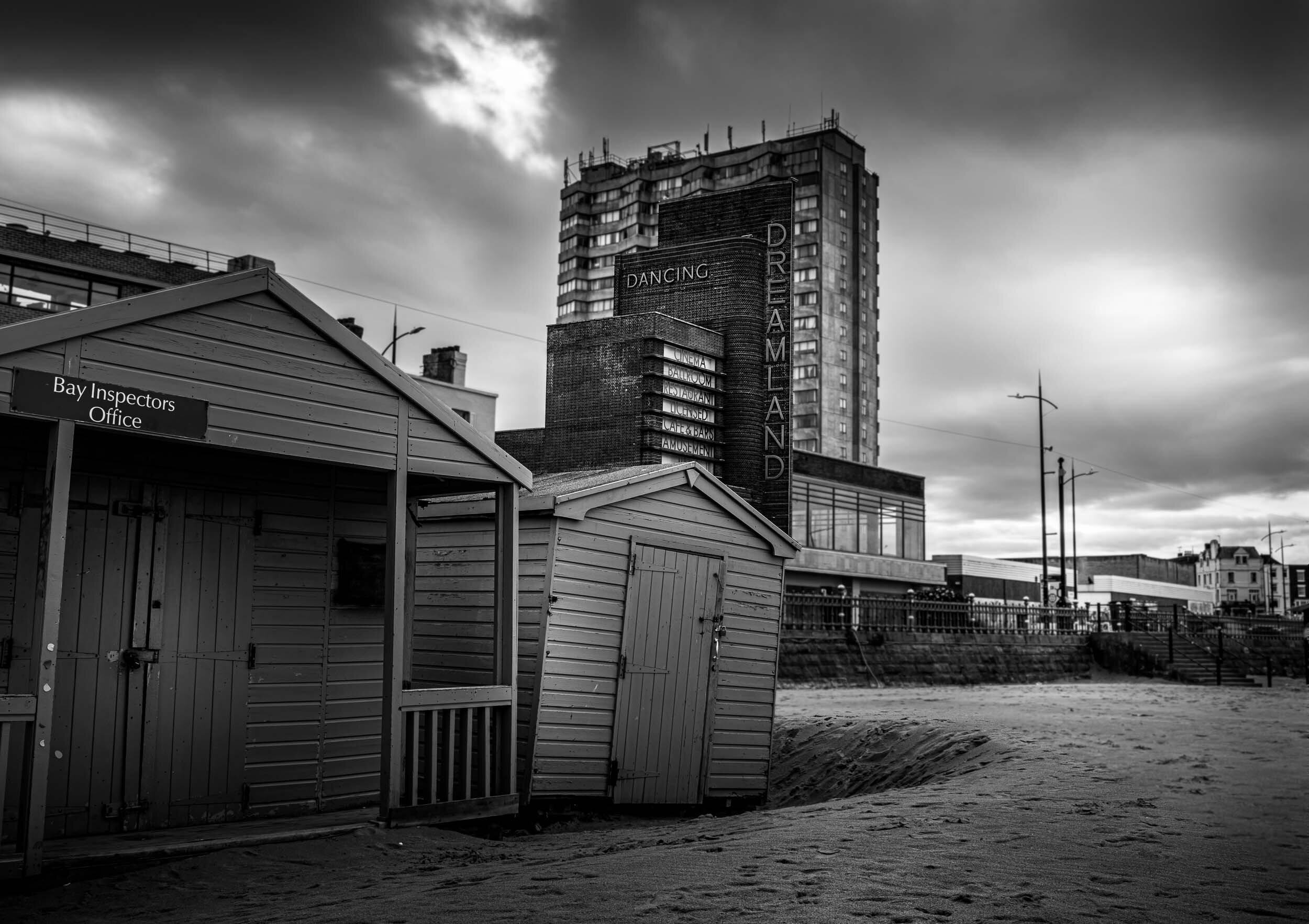Not known Details About Street Photographers
Table of ContentsThe Greatest Guide To Street PhotographersSome Known Details About Street Photographers All about Street PhotographersAbout Street PhotographersStreet Photographers Things To Know Before You Get This
, a style of photography that records everyday life in a public location. The very publicness of the setting makes it possible for the professional photographer to take candid images of unfamiliar people, often without their knowledge. Street professional photographers do not necessarily have a social purpose in mind, but they choose to isolate and catch moments which might otherwise go undetected.Though he was affected by most of those that influenced the street photographers of the 1950s and '60s, he was not primarily curious about recording the spirit of the road. The impulse to aesthetically record individuals in public began with 19th-century painters such as Edgar Degas, douard Manet, and Henri de Toulouse-Lautrec, who functioned side by side with digital photographers trying to capture the significance of metropolitan life.

Given the great top quality of his pictures and the breadth of material, designers and musicians often acquired Atget's prints to utilize as recommendation for their own work, though business passions were rarely his major motivation. Instead, he was driven to photograph every last residue of the Paris he enjoyed.
A Biased View of Street Photographers
They disclose the city with his eyes. His job and fundamental understanding of digital photography as an art kind offered as inspiration to generations of photographers that complied with. The future generation of road professional photographers, though they likely did not describe themselves thus, was introduced by the photojournalism of Hungarian-born digital photographer Andr Kertsz.
Unlike his peers, Brassa made use of a larger-format Voigtlnder cam with a much longer exposure time, forcing him to be much more computed and thoughtful in his practice than he may have been if utilizing a Leica. (It is thought that he might not have actually been able to manage a Leica back then, yet he did, however, utilize one in the late 1950s to take colour photographs.) Brassa's pictures of the Paris abyss lit up by man-made you can try these out light were a revelation, and the collection of the series that he published, (1933 ), was a significant success.
Cartier-Bresson was a champ of the Leica camera and one of the very first photographers to maximize its abilities. The Leica enabled the photographer to communicate with the environments and to record minutes as they took place - Street Photographers. Its relatively small size also assisted the professional photographer discolor right into the history, which was Cartier-Bresson's recommended strategy
Street Photographers Fundamentals Explained
It is as a result of this essential understanding of the art of photo taking that he is typically credited with rediscovering the tool throughout once again roughly a century since its development. He took pictures for more than a half century and affected generations of digital photographers to trust their eye and intuition in the moment.
These are the inquiries I shall try to address: And then I'll leave you with my own interpretation of street photography. Yes, we do. Allow's kick off with specifying what a meaning is: According to it is: "The act of informative post defining, or of making something precise, unique, or clear".
No, definitely not. The term is both restricting and deceiving. Seems like a road digital photography need to be pictures of a roads appropriate?! And all road digital photographers, besides a little number of absolute newbies, will completely appreciate that a road is not the key element to road photography, and really if it's an image of a street with perhaps a few boring individuals not doing anything of rate of interest, that's not street digital photography that's a photo of a road.
He makes a legitimate point do not you assume? While I agree with him I'm not sure "honest public digital photography" will certainly catch on (although I do kind of like the term "candid digital photography") because "road photography" has been around for a lengthy time, with lots of masters' names attached to it, so I believe the term is right here to remain.
The Ultimate Guide To Street Photographers
Inside?! I hear you scream as you shake your fist to the skies. Why not? You can fire at the coastline, at a celebration, in an alley, in a park, in a piazza, in a coffee shop, at a gallery or art gallery, in a city station, at an event, on a bridge, under a bridge ...

Not known Facts About Street Photographers
